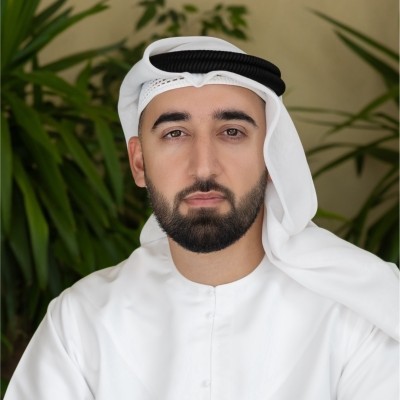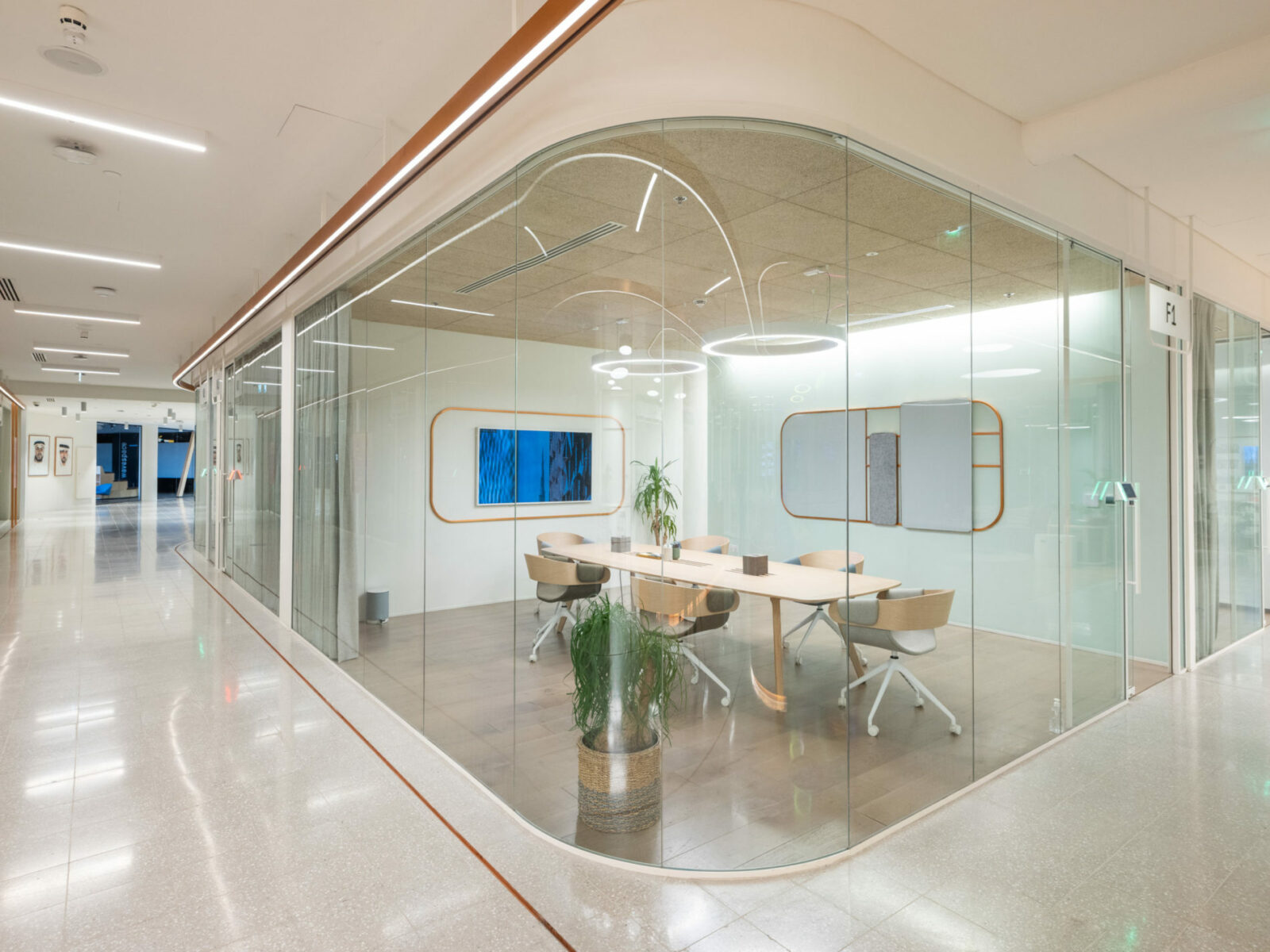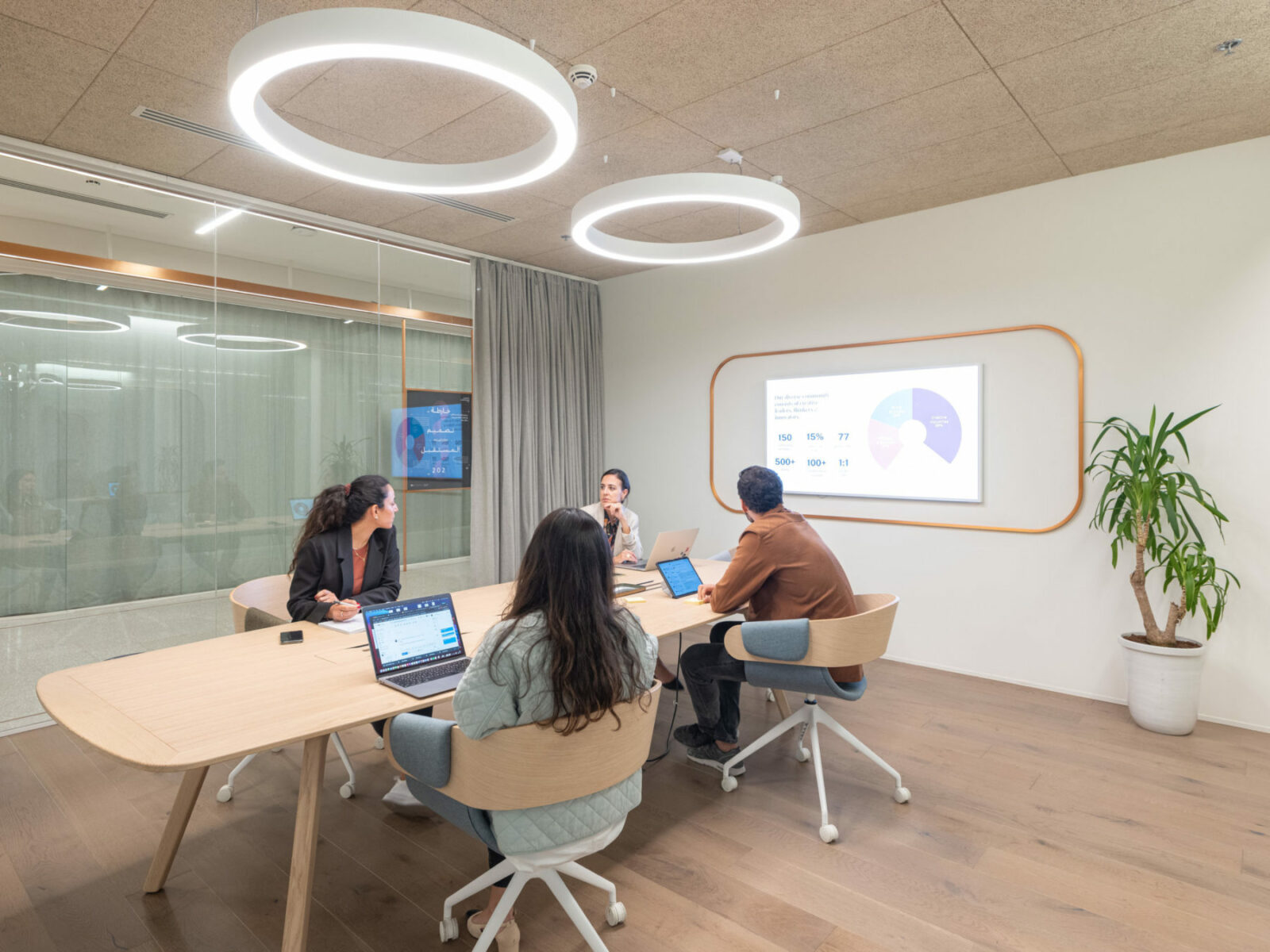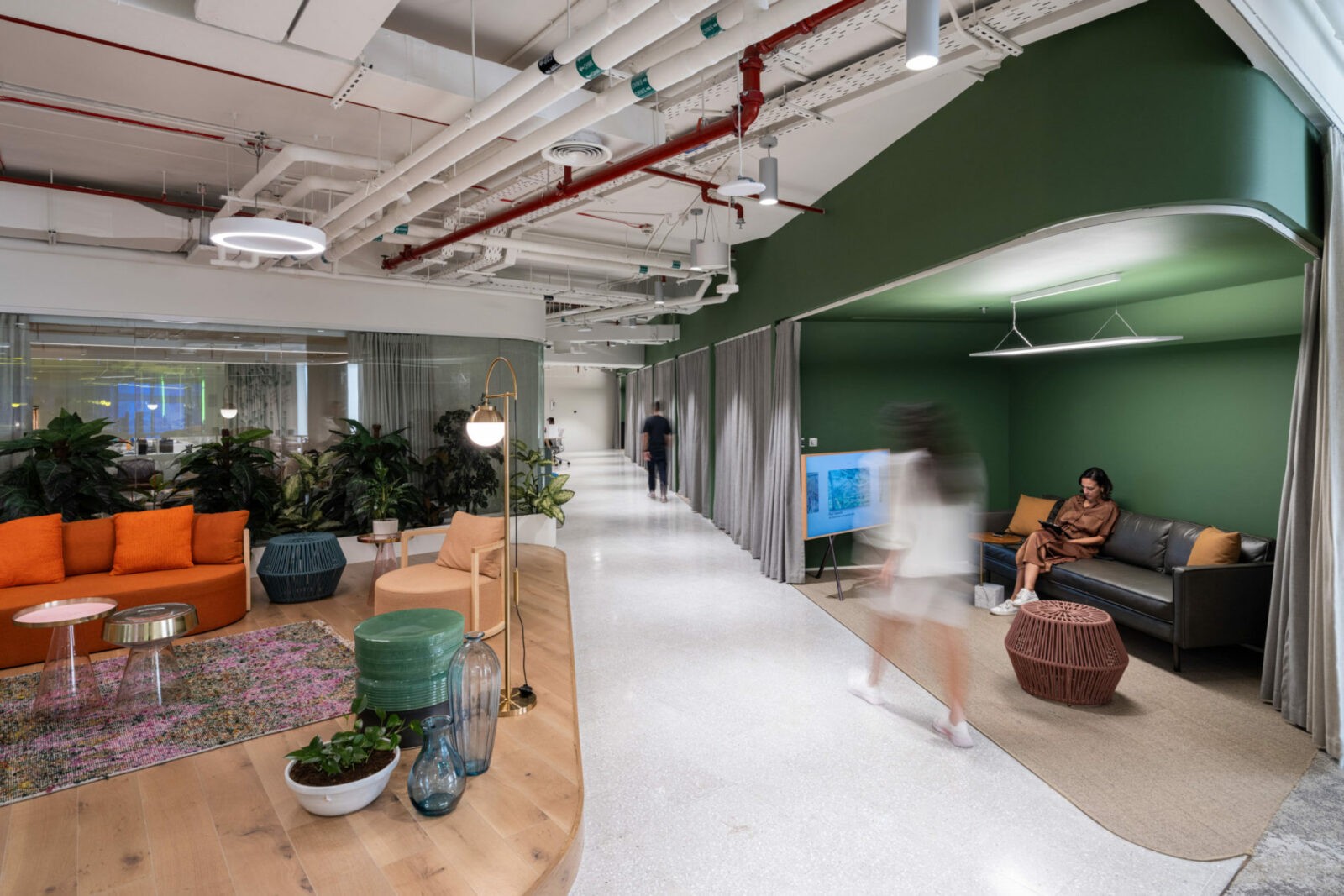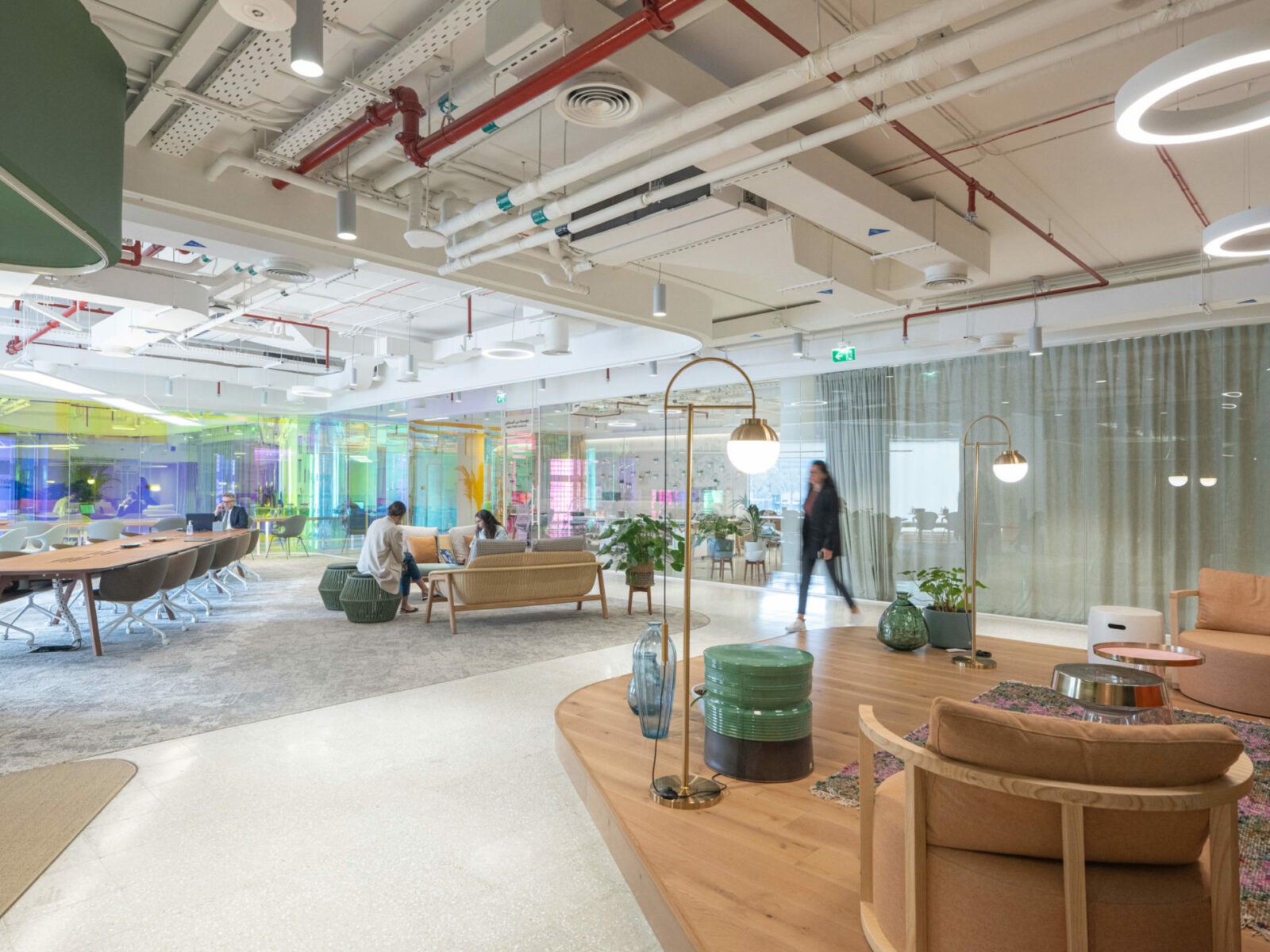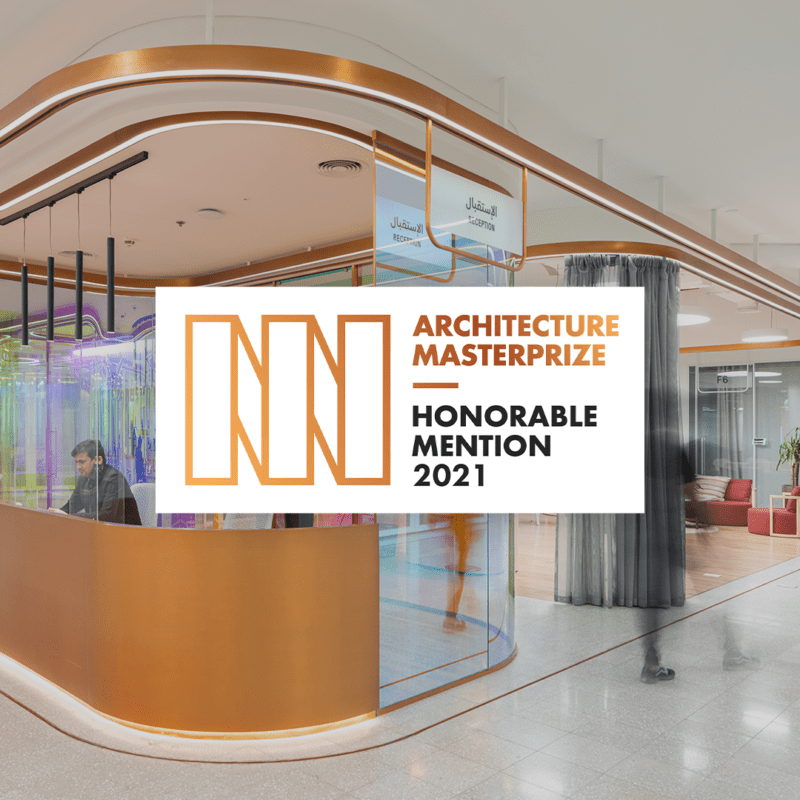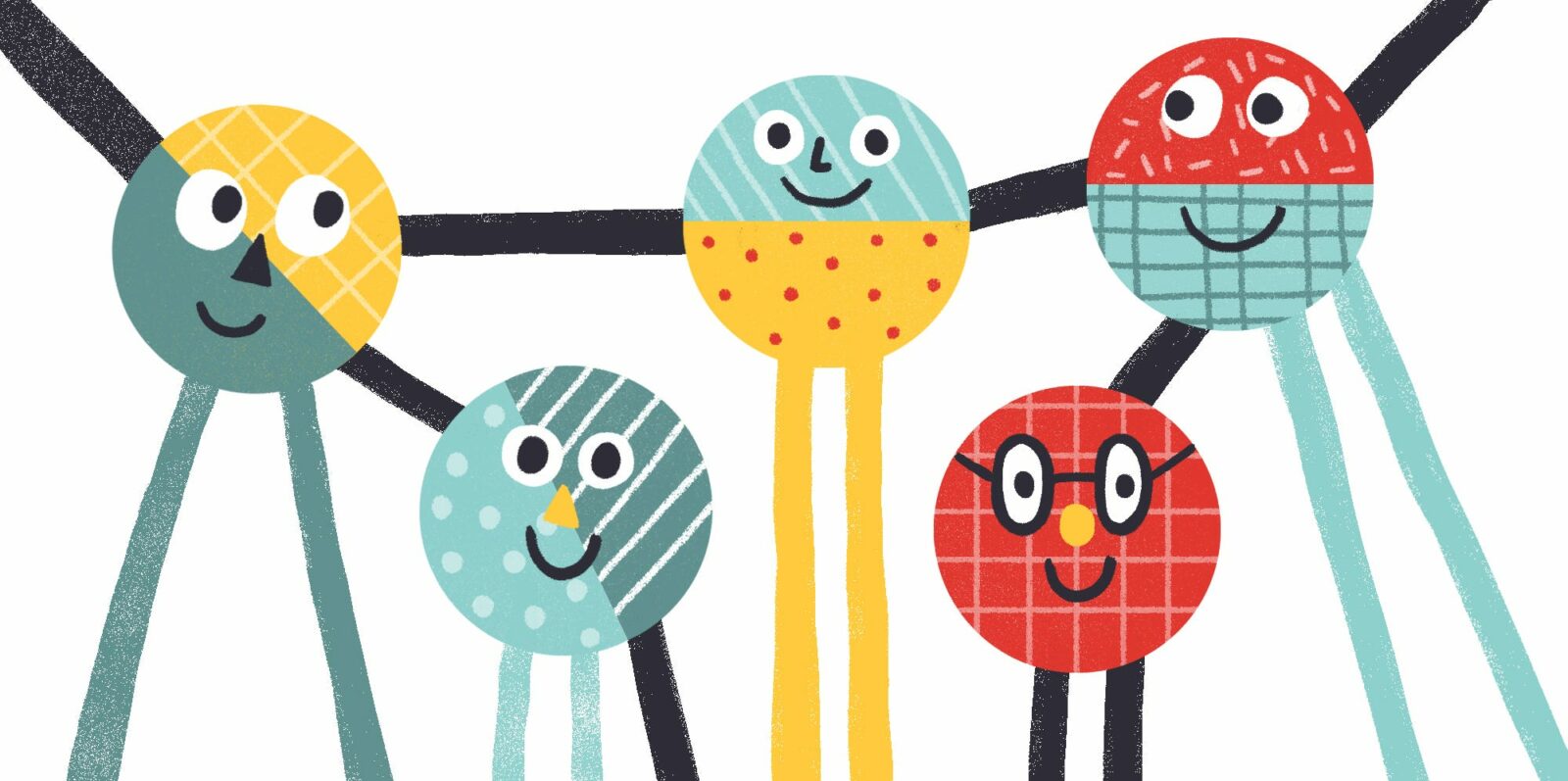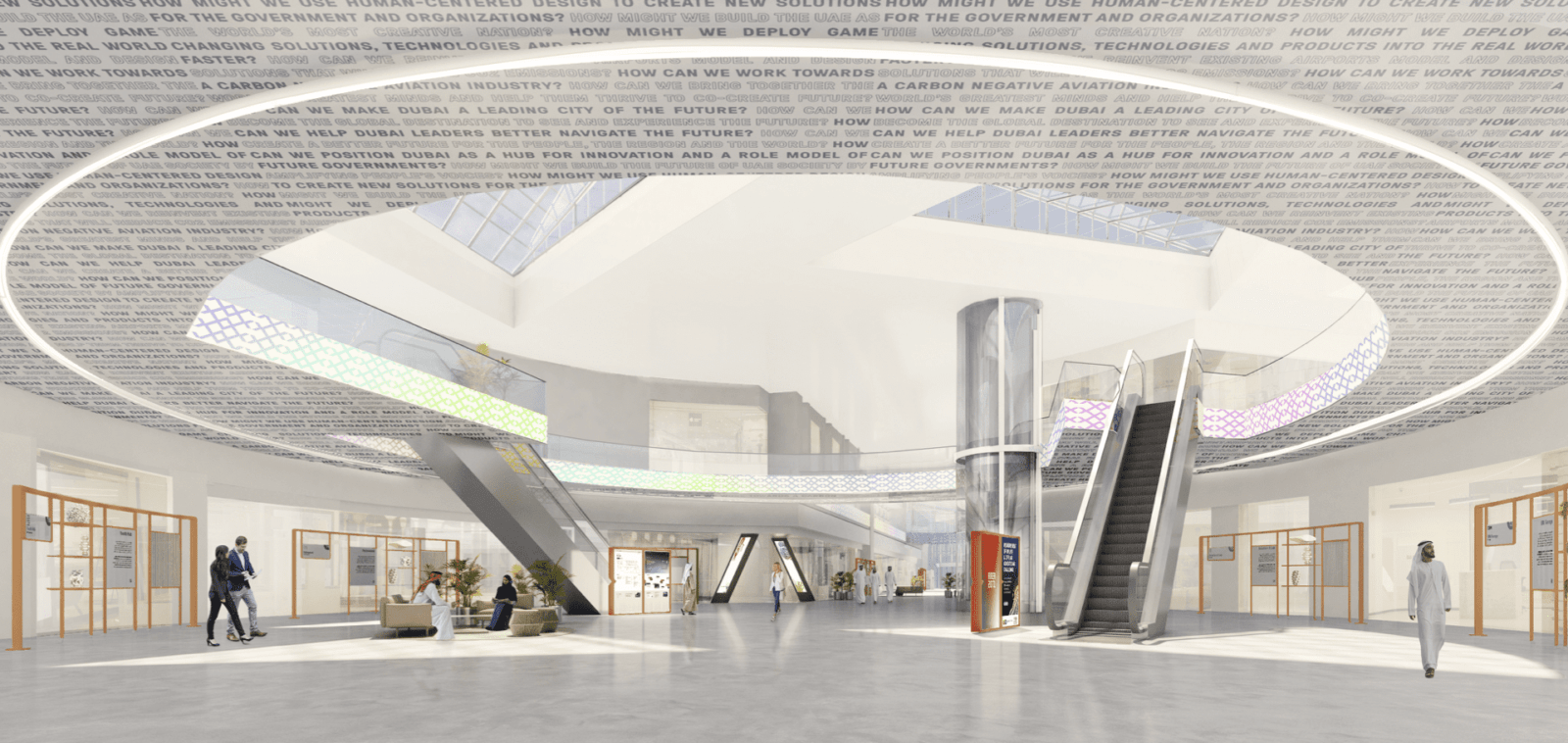2
Awards won
250
Startups hosted since inception
30
Stakeholders engaged
THE CHALLENGE
The Dubai Future Accelerators program was born in 2017. In 2018, we were asked to transform the space to be utilized more effectively and efficiently in order to spark collaboration between individuals, startups and government entities. Being a formal mall, most of the spaces were not fit for its now-intended purpose and empty for most of the time. Our challenge was to re-design the space whilst considering user experience and community activation initiatives. The project kicked off in 2019.
THE TRANSFORMATION APPROACH
With the right interventions, and by utilizing the strengths of the existing design, we set out to design an exploration and production space that would be utilized effectively at all times.
Out of the 80 hours of field research, a scenario-based layout system that enables different modes of interactions emerged focusing on four distinct themes that would enable users of the space to have areas to focus, exchange ideas, co-produce, and connect across the space.
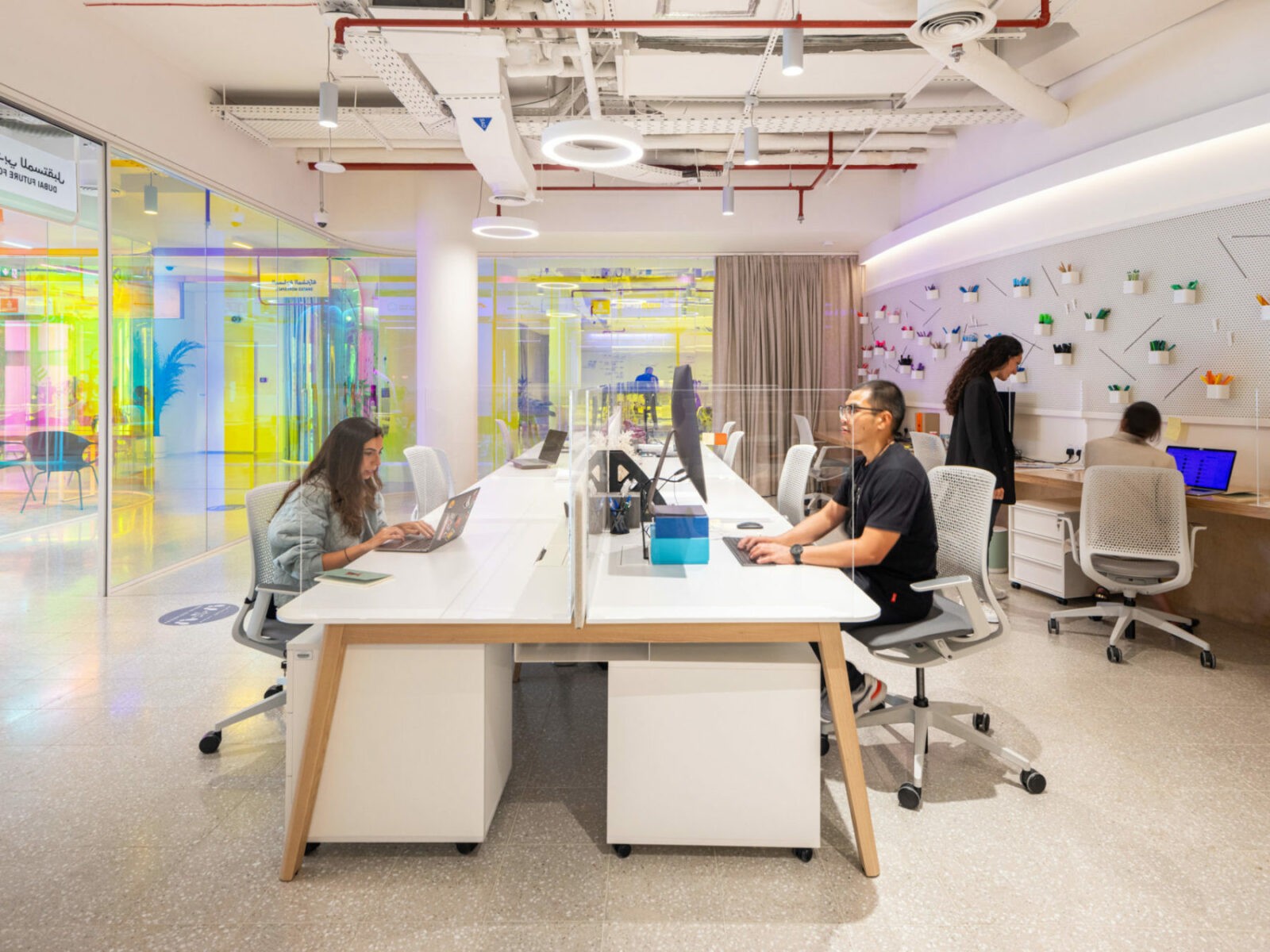
THE IMPACT
The space is now a vibrant production and events hub housing Dubai Future Accelerators cohorts, and other governmental & private entities.
The project has won several design awards, including an IF Design Award in 2022.
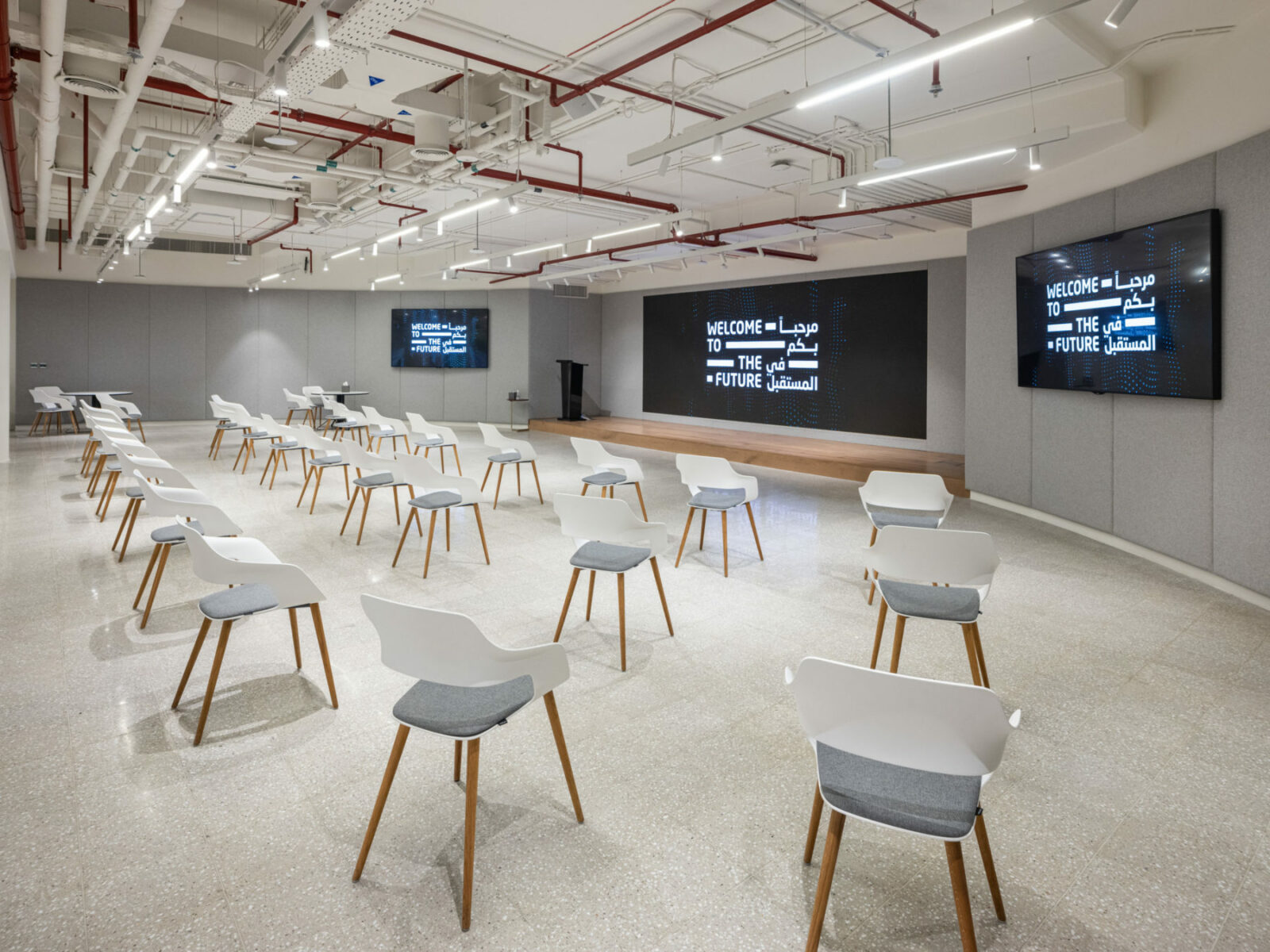
THE COMMUNITY LENS
Looking from a community-first perspective, we dove deep into the diverse user groups’ mindsets, and designed purposefully for spaces and interactions that would achieve the desired collaborations.
Whilst designing the open desks, silent zones, rooms, kitchens, and meeting areas, we strived to create areas that would produce spontaneous engagements between users of the space, essentially creating micro-communities of people who might come together in unexpected collaborations that would not be able to take place otherwise.
Explore the DFF's Future Accelerators program
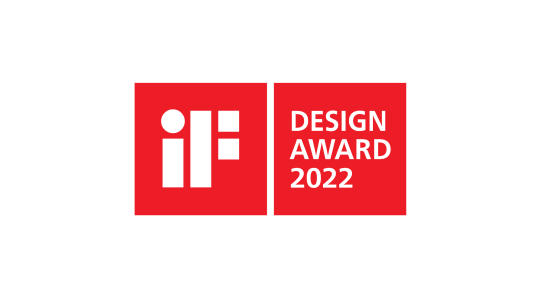
Winner
DFF Accelerator Space, 2022
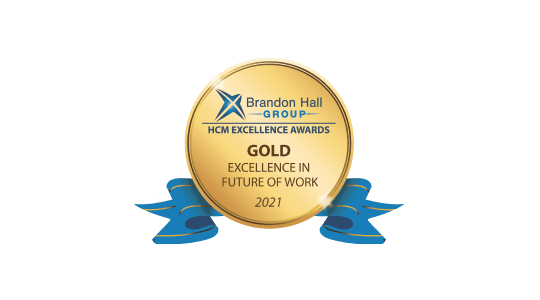
Honorable Mention
DFF Accelerator Space, 2021
Project Team
Project Team:
Begüm Ural, Deniz Dönmez, Engin Ayaz, Gizem Akın, İrem Coşkun, Yusuf Akın Gülsayın
Project Lead:
Nesile Yalçın
Community:
Chris Direduryan (UX Designer), Erdem Koç (Interface Designer), Furkan Cengiz (Software Consultant), Özgür Işık (Interface Designer)
Network:
Cambridge Contractors (Contractor), Ediz Akyalçın (3D Visualization), Parça Proje (Lighting Consultant)
Explore related content
